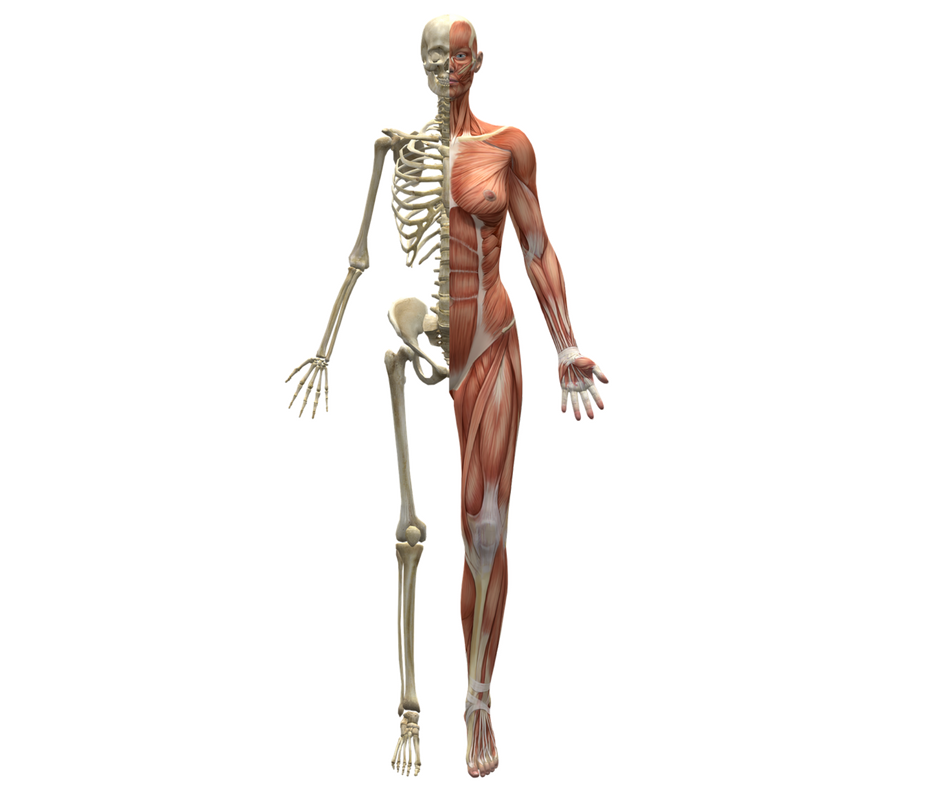Is a system of natural health care originating in the 1960s. It is (the science of movement) and combines muscle testing and monitoring, with the principles of Traditional Chinese Medicine to assess energy and body function, applying a range of gentle yet powerful healing techniques to improve health, wellbeing and vitality.
Styles
There are many different styles of Kinesiology, which generally fall into three categories:
Applied Kinesiology, used by Chiropractors, Osteopaths, Medical Doctors and Dentists.
Traditional Kinesiology which is mainly biomechanics and exercise physiology.
Specialised Kinesiology, which incorporates several modalities, including Touch For Health, Neural Organisation Technique, Applied
Neurogenics, Hyperton-X, One Brain, Manual, Applied Physiology, etc. also Transformational Kinesiology, Educational Kinesiology and Professional Kinesiology).
All Specialised Kinesiologists and Applied Kinesiologists use Manual Muscle Testing as a tool in their work, which tests the function of the muscles, which in turn reflect the body’s overall state of structural balance.
They also recognise that there are flows of energy within the body that relate not only to the muscles, but to every tissue and organ that make the body a living being. The client is observed as a whole organism, rather than a collection of symptoms.
It ultimately relies upon the muscle feedback system that measures how the nervous system controls its muscle functions and the channels of the brain and body.
In this way, it helps the body into a better position to heal itself or reach a specified goal by ‘balancing” its energies. It is thought that all stress, imbalances and blockages in the nervous system can be detected by testing the tension in certain muscles.
Kinesiology does not treat named diseases, nor does it diagnose them. It is however used for the relief of pain, stress and confusion, depressive tendencies, digestive disorders, fatigue and tiredness, back pain, learning disabilities, allergies, nervous disorders, sports injuries, personal development and general wellbeing.
Patients generally remain fully clothed during a treatment. It is beneficial to have a series of treatments. Muscle testing is totally painless in a session. Sessions usually last 30 minutes per treatment.






